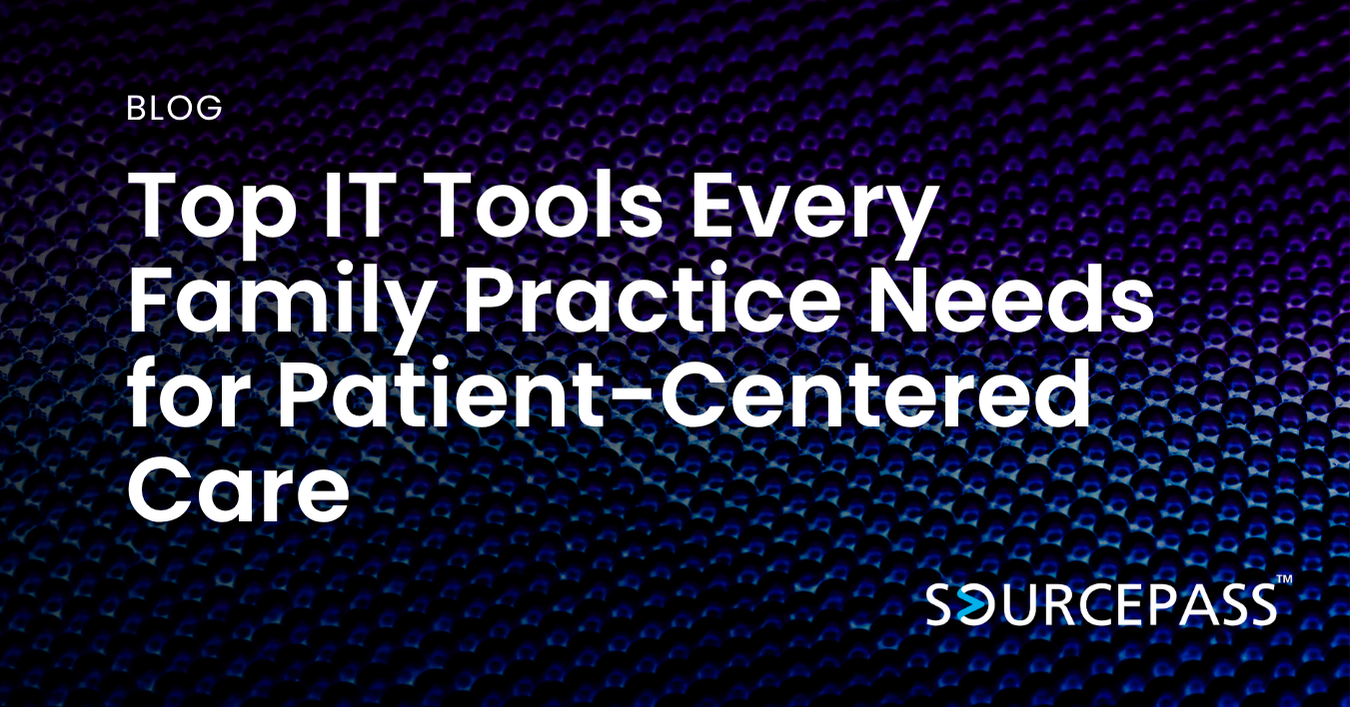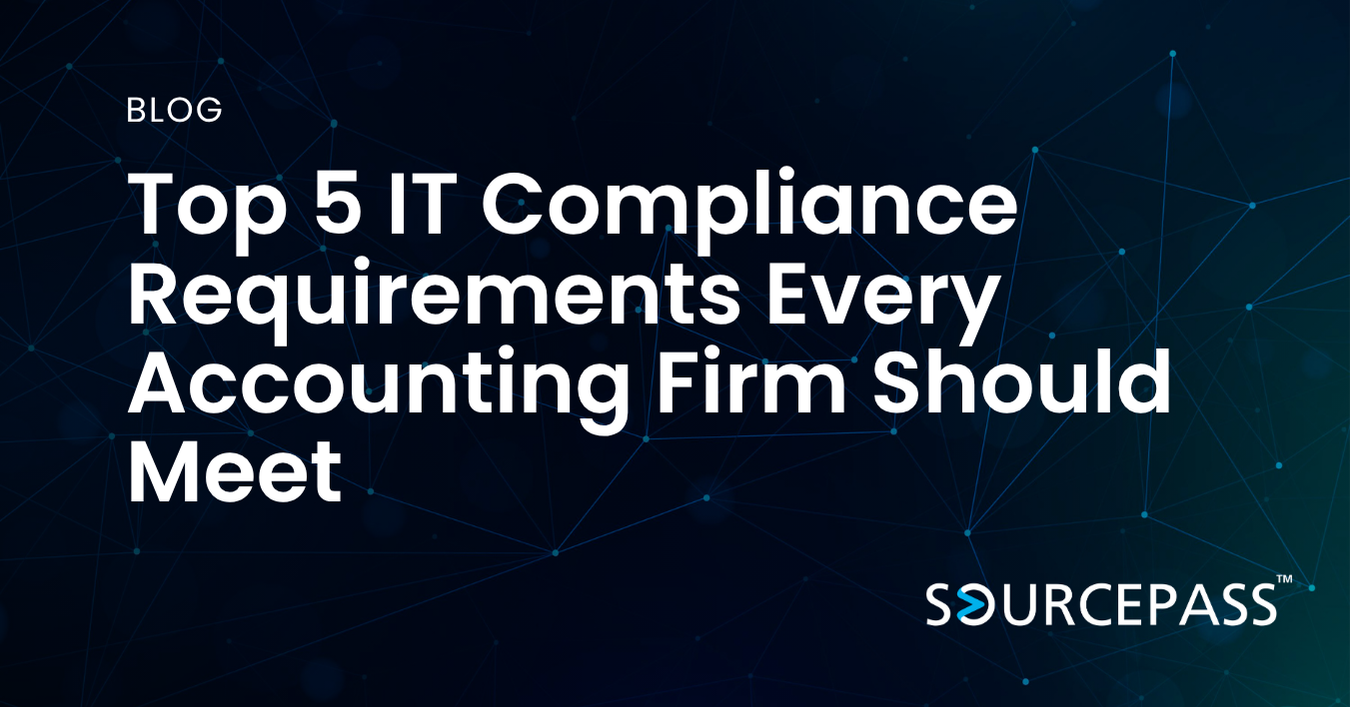Top IT Tools Every Family Practice Needs for Patient-Centered Care
Jun 04, 2025 Alex Davis Cloud & Infrastructure | Industry - Healthcare | IT Services & Support 2 min read



Family practices are at the heart of community healthcare, delivering comprehensive services across all ages and medical conditions. To provide the best patient-centered care, these practices need to adopt the right technology. From electronic health records (EHR) to secure communication platforms, modern family practice IT tools enhance clinical outcomes, improve patient satisfaction, and streamline operations.
In this article, we explore the top IT tools every family practice should consider to deliver efficient, secure, and personalized care.
1. Electronic Health Record (EHR) Systems
EHR systems are the foundation of modern medical practices. A robust EHR helps centralize patient records, streamline charting, manage medications, and track medical history.
Key features to look for in an EHR system:
- Intuitive user interface for faster charting and reduced clinician burnout
- Customizable templates for common family practice visits
- Integrated e-prescribing and lab ordering
- Interoperability with hospitals, pharmacies, and other providers
Choosing the right medical practice software that fits the unique workflows of a family practice can significantly boost care quality and productivity.
2. Patient Portal Software
Today’s patients expect easy access to their health information. A secure, user-friendly patient portal is essential for enhancing engagement and improving communication.
Benefits of patient portal tools:
- Secure messaging between providers and patients
- Online appointment scheduling and bill payment
- Access to lab results, visit summaries, and educational content
A well-implemented portal also reduces inbound calls and administrative workload, freeing up staff to focus on in-person care.
3. Telemedicine Platforms
Virtual care is now a core offering for many family practices. Telemedicine allows providers to conduct video visits, offer remote consultations, and maintain continuity of care during patient travel or public health emergencies.
Features to prioritize:
- HIPAA-compliant video conferencing
- EHR integration for streamlined documentation
- Easy patient access on mobile or desktop
Adding telehealth to your family practice IT strategy helps meet growing patient expectations and expands care delivery options.
4. Practice Management Software
Administrative efficiency is vital to keeping your family practice running smoothly. Practice management software (PMS) automates core operations such as scheduling, billing, and insurance verification.
Top features include:
- Real-time insurance eligibility checks
- Claims processing and revenue cycle management
- Integration with your EHR and accounting systems
Combining medical practice software for both clinical and operational needs leads to a more cohesive and efficient environment.
5. Secure Messaging and Communication Tools
Family practices often rely on internal communication between providers, nurses, and administrative staff. Secure messaging platforms ensure PHI (Protected Health Information) stays compliant with HIPAA regulations.
Examples of secure communication tools:
- Encrypted text and email platforms
- Role-based messaging workflows
- Real-time alerts for critical updates
Replacing consumer messaging apps with healthcare-grade communication platforms reduces liability and keeps patient data secure.
6. Data Analytics and Reporting Tools
To make informed decisions about patient care and practice performance, family practices benefit from reporting tools that deliver insights into:
- Population health trends
- Appointment no-shows and patient flow
- Financial performance metrics
Advanced analytics help practices identify care gaps, monitor quality measures, and participate in value-based care programs more effectively.
7. Cybersecurity and Compliance Software
With rising cyber threats, safeguarding patient information is non-negotiable. Every family practice should have a comprehensive IT security plan that includes:
- Endpoint protection for all devices
- Multi-factor authentication for user access
- Regular vulnerability assessments and HIPAA compliance audits
A layered security approach ensures your systems remain protected against data breaches and ransomware attacks.
IT Management for Family Practices with Sourcepass
Investing in the right family practice IT tools enables providers to deliver more personalized, accessible, and efficient care. From modern EHR systems to secure communication and telehealth platforms, the right technology creates a strong foundation for patient-centered service.
For small and mid-sized practices, the key is to select scalable, integrated medical practice software that supports growth without creating complexity. With a proactive IT strategy, family practices can meet patient expectations, streamline workflows, and stay ahead in a rapidly evolving healthcare landscape.
Need help choosing or implementing IT tools for your family practice? Contact us for a free consultation and customized technology roadmap tailored to your clinical goals.
Subscribe To
Sourcepass Insights
Sourcepass Insights
Stay in the loop and never miss out on the latest updates by subscribing to our newsletter today!
.png?width=500&height=100&name=White%20Logo%20-%20Transparent%20Tag%20(3).png)




